Years ago, companies would allocate a marketing budget without really knowing how effective campaigns were, but times have changed. Thanks in part to the digital revolution, marketers now have access to real-time metrics that show the return on investment for each campaign.
You might assume that campaign metrics are only available for digital platforms, like email or social, but print marketing is just as measurable—you just need the right tools.
To help track your print ROI, here’s a list of nine tools you can use to measure your success.
1. Specific point of contact or landing page
On your next campaign, direct customers to one specific point of contact. This could be as low-tech as directing customers to a specific salesperson or by asking potential customers to request a quote via a specific email address.
A more high-tech, digital version would direct customers to a campaign-specific landing page. Let’s say you create a fundraising letter that asks donors to contribute to a campaign. On the letter, you include the URL to the campaign’s landing page. The page should have a similar look and feel to the letter, and should also give donors the ability to donate online.
By funneling customers to a specific point, be it a salesperson, email, or landing page, you can track sales that resulted from each campaign.
2. Unique coupon or offer codes
When you create a print campaign, add a unique coupon or offer code to the promotion. When the coupons are redeemed, you’ll know the impact it had on sales.
You can use different codes for different segments of your audience too. Let’s say you send a 15% off coupon to your VIP customers and a 15% off coupon to lapsed customers. Each coupon can have a different coupon code so you’ll know how effective the coupon is within each group. Using variable data printing, you can even generate a unique code for every person on your list.
You can have customers bring the coupon into your store for redemption or you can encourage customers to use the coupon online and enter it during checkout.
3. QR codes
You can add a QR code to a print campaign and track its success with Google Analytics too. An estimated 30–50 million websites use this tracking tool, so it’s an easy addition for brands familiar with the popular metrics platform.
Using a QR code generator online, you can embed a website into the barcode and add it to any print campaign. When the code is scanned with a smartphone, you’ll have access to metrics like the percentage of new visits, the location of scans, and time spent on your site.
 We often use trackable QR codes in Tactics, our bi-monthly magazine.
We often use trackable QR codes in Tactics, our bi-monthly magazine.
4. UTM Codes
If you want to take this a step further and be able to track the success of your campaign in Google Analytics or another marketing measurement or automation platform you can create a UTM tracking code specific to your QR code (or anything else for that matter).
UTM codes, otherwise known as UTM parameters, are short pieces of text added to the end of a URL to help you track exactly where website traffic comes from. Although Google Analytics will tell you what channels are driving traffic (email, social, organic, etc.) a UTM code allows marketers to drill down further to the specific campaign or content that’s driving the traffic—and it’s perfect for tracking the effectiveness of print.
Here are some examples of UTM codes we created for QR codes in our Tactics Magazine.
https://www.shawmutdelivers.com/?utm_campaign=Tactics&utm_source=mayjune-2019&utm_medium=print-qr-code&utm_content=ad
https://marketing.shawmutdelivers.com/dielines?utm_campaign=Tactics&utm_source=mayjune-2019&utm_medium=print-qr-code
In these examples the campaign is Tactics Magazine, the source is the specific issue of the magazine, the medium is the QR code (vs links to articles we may post on social or include in email), and the content is the exact page, ad, or message that the QR code is tied to.
Since you can drill down to the specific piece of content, this is particularly helpful for print pieces that have multiple links to online content. By using UTM codes for each QR code and identifying the content in your URL parameters you can see exactly which content is driving scans and traffic.
5. NFC tags (or paper!)
You can turn a print campaign into an interactive message with a trackable NFC tag. The tag, which looks like a thin dime-sized chip, can be embedded into the paper or adhered to a campaign with a sticker.

When a smartphone interacts with the tag, a message is displayed on the reader’s phone.
For example, a UK healthcare provider embedded an NFC tag in this magazine ad. Subscribers with an NFC-enabled smartphone can tap the tag and instantly receive a free two-day gym membership on their phone.

Image credit: NFC World
As you might expect, technology like this comes with tracking abilities. You can see response rates like which customers accessed it, what sales occurred as a result, and what percentage of customers shared the deal with a friend.
6. Direct Mail Promotions with pURLs
Your next direct mail campaign could include a pURL, or a personalized URL. The link, which includes a customer’s name like yourwebsite.com/DonSmith, directs the customer to a customized landing page with the same look and feel as the print campaign.
The landing page can also include personalized information that compels the customer to act. For example, Don Smith’s landing page could suggest products based on his previous purchases. That same landing page should give Don the ability to make a streamlined purchase.
This kind of personalization does take a little work, but customers have come to expect it. Research shows 62% of customers expect brands to offer discounts based on items they’ve already purchased.
7. Call Tracking
Inbound calls are a great success metric for marketers, but they can be difficult to track. For most businesses, call tracking is a manual process. When a call comes in, a staff member is instructed to ask how the caller heard about the company and record that data. Unfortunately, that process is prone to human error and the data is often recorded in spreadsheets which are disconnected from other measurement tools.
Enter call tracking. This technology allows you to create a unique phone number for each campaign and route the calls to any existing phone number. You’ll know exactly how many inbound calls resulted from each marketing campaign as well as demographic data of your callers. Some call tracking technology, like the one included in Shawmut’s MailPlus software, even allows you to record incoming calls. This can be a gold mine of information that you can use for staff training, future marketing campaigns, and more.
8. Lead Match
On average, 96% of people who visit a website will leave without taking action. Although they didn’t convert, these web visitors have shown interest in your product or service—making them a very viable opportunity for re-marketing.
But in most cases, unless you use a pURL, it’s tough to know exactly who those visitors are. For the most part, marketers are limited to reporting on the number of web visits or anonymous clicks, not individuals.
LeadMatch (another feature of MailPlus) uses a pixel to identify a web visitor's IP address, device ID, and stored device cookies, which can be matched back to individuals at a specific postal address. As a result, you’ll know exactly who from your mailing list visited your website, not just the number of visits. From there your sales or marketing team can follow up with those individuals via phone, email, or additional mailers, encouraging them to take action.
In addition, LeadMatch gives you the opportunity to capture and purchase new leads from website visitors who weren’t on your original mail list. That list of leads can then be exported and added to future direct mail marketing campaigns.
9. Web-to-print Storefront
Web-to-print software might not be the most obvious tool when it comes to tracking print campaigns, but it should not be overlooked. This robust software combines inventory management and print-on-demand capabilities which gives marketers powerful insights into how print materials are leveraged across their business.
With a web-to-print storefront, you’ll have convenient online access to real-time reporting 24/7. The in-depth reporting tracks print volumes and order history across every product so you’ll be able to make informed decisions about your print marketing budget.
All of these tools can help you better understand the effect print marketing has on your bottom line. If you need help, reach out to a print marketing company so you’ll never wonder how effective a print campaign is again.









